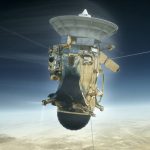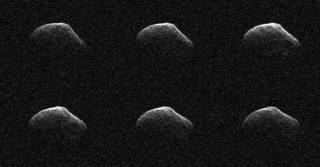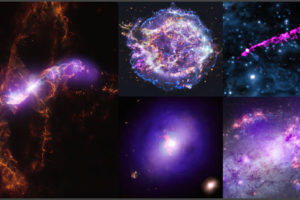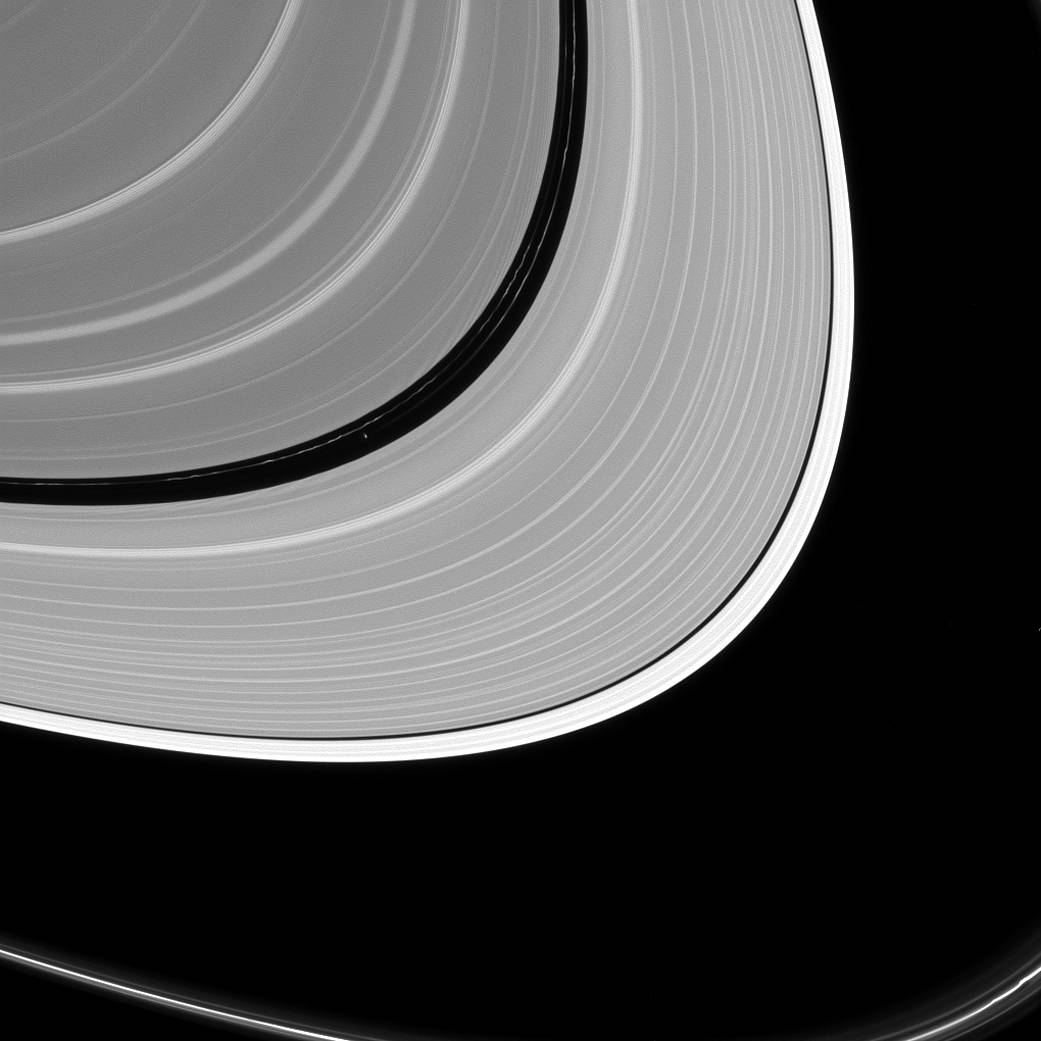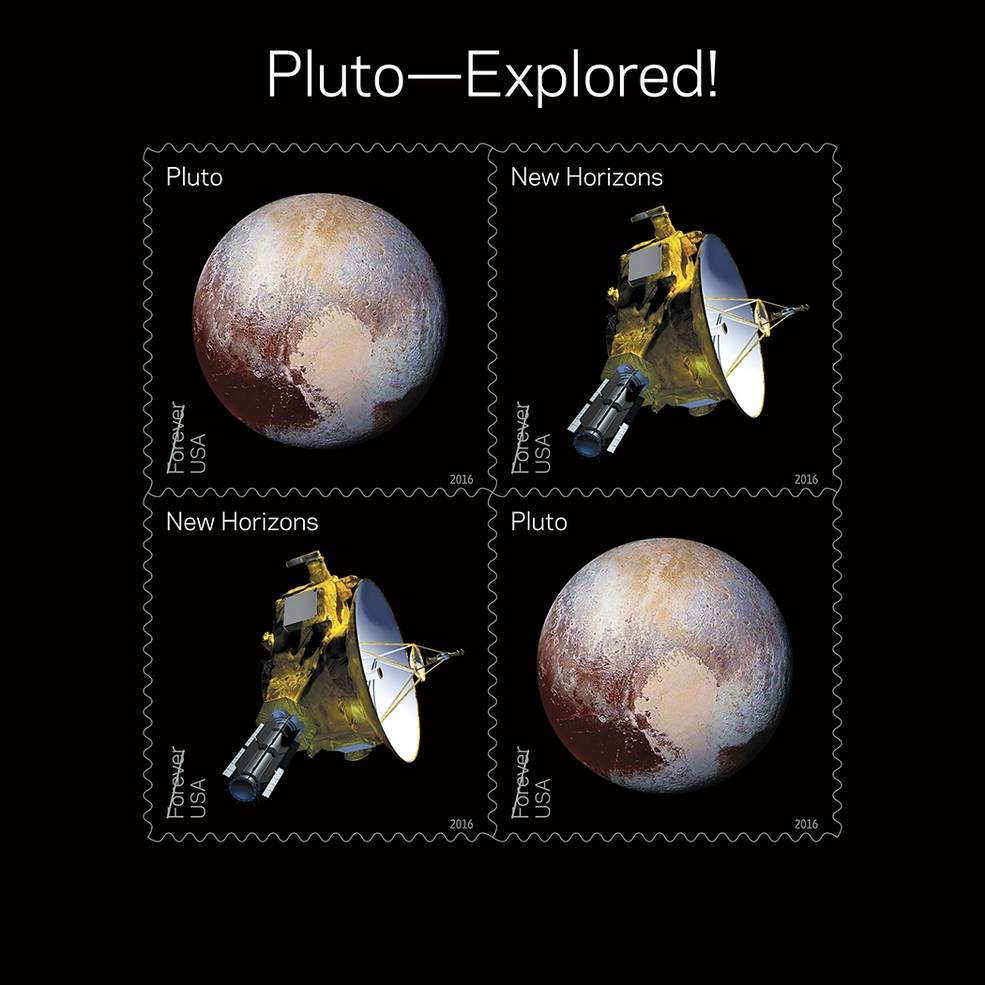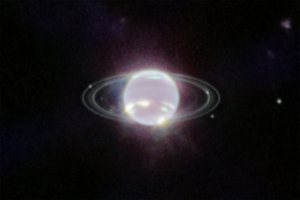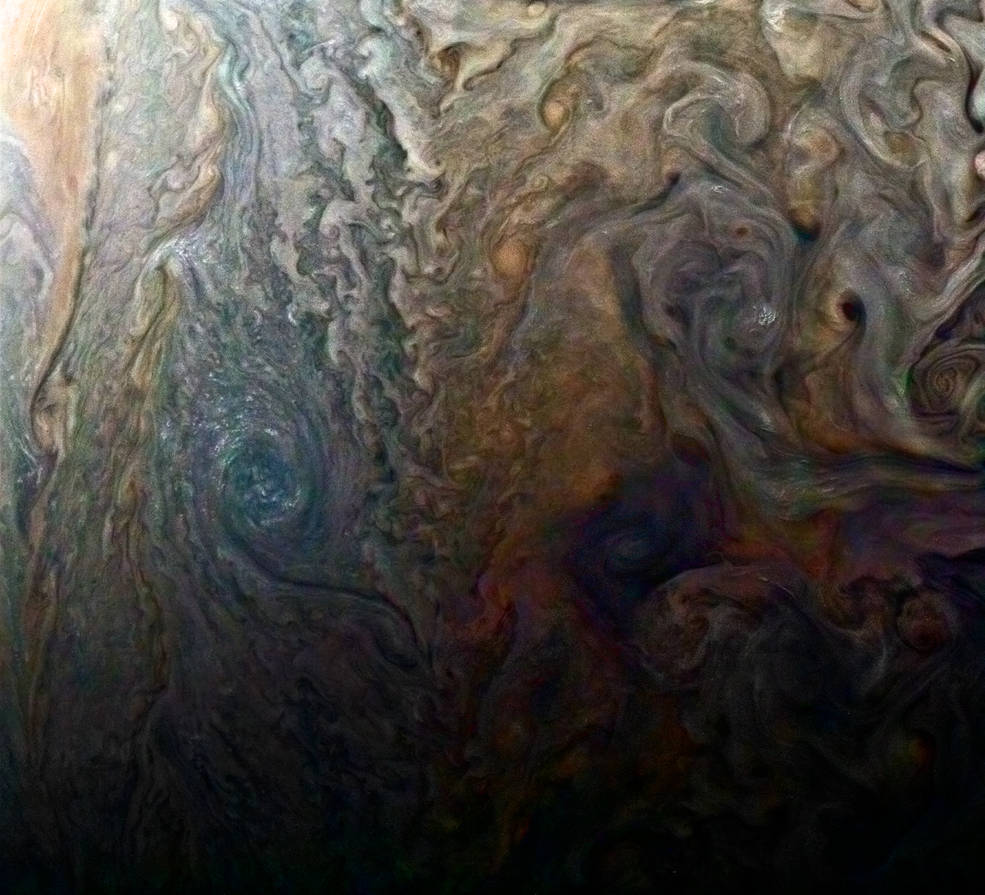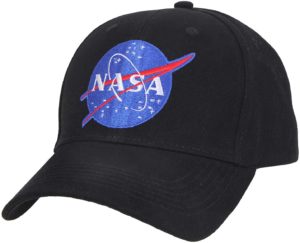日本でもニュースになりました地球に近い地球型惑星プロキシマb。
地球外生命が存在しそうだということで、例えばNHKでは番組(サイエンスzero等)でも取り上げていました。
しかし、今までの報道は何だったのかというような発表がありました。
地球が存在している太陽系での太陽にあたるプロキシマは、強烈な放射線を放出している赤色矮星であり、地球にあたるプロキシマbの大気をイオン化してあっと言う間に吹き飛ばしてしまうそうです。
プロキシマbの表面では地球の数百倍もの極端な量の紫外線が降り注いでおり、とても生命体が存在できる環境ではないそうです。
An Earth-like Atmosphere May Not Survive Proxima b’s Orbit
An Earth-like Atmosphere May Not Survive Proxima b’s Orbit
Proxima b, an Earth-size planet right outside our solar system in the habitable zone of its star, may not be able to keep a grip on its atmosphere, leaving the surface exposed to harmful stellar radiation and reducing its potential for habitability.
太陽系の外部にあって、太陽のような恒星系の生命体存在可能ゾーンにある地球型惑星であるプロキシマbは、大気が存在しそうもないことがわかりました。というのもプロキシマbは恒星からの有害で強烈な放射線に晒されており、大気は吹き飛ばされ、生命体が存在できる可能性は低くなっています。
At only four light-years away, Proxima b is our closest known extra-solar neighbor. However, due to the fact that it hasn’t been seen crossing in front of its host star, the exoplanet eludes the usual method for learning about its atmosphere. Instead, scientists must rely on models to understand whether the exoplanet is habitable.
ほんの4光年離れてたところにあるプロキシマbは、私たちの太陽系の最も近くにいる隣人です。しかし、恒星の前を横切って見えないということがあるために、その天体に大気があるかどうかを確認する通常の方法が使えません。その代わりに、科学者は、その天体に生命体が存在できるかどうかを各種のモデルを使って判断しなければなりません。
One such computer model considered what would happen if Earth orbited Proxima Centauri, our nearest stellar neighbor and Proxima b’s host star, at the same orbit as Proxima b. The NASA study, published on July 24, 2017, in The Astrophysical Journal Letters, suggests Earth’s atmosphere wouldn’t survive in close proximity to the violent red dwarf.
そうしたコンピュータモデルの1つで、地球がプロキシマを中心とした軌道を周回している場合を想定して、太陽系の隣人であり地球型惑星であるプロキシマbに起きているであろう事態をシミュレーションしました。 2017年7月24日に「The Astrophysical Journal Letters」誌に掲載されたNASAの研究は、強烈な放射線を発する赤色矮星のすぐ近くでは地球の大気は存在しえないことを示しています。
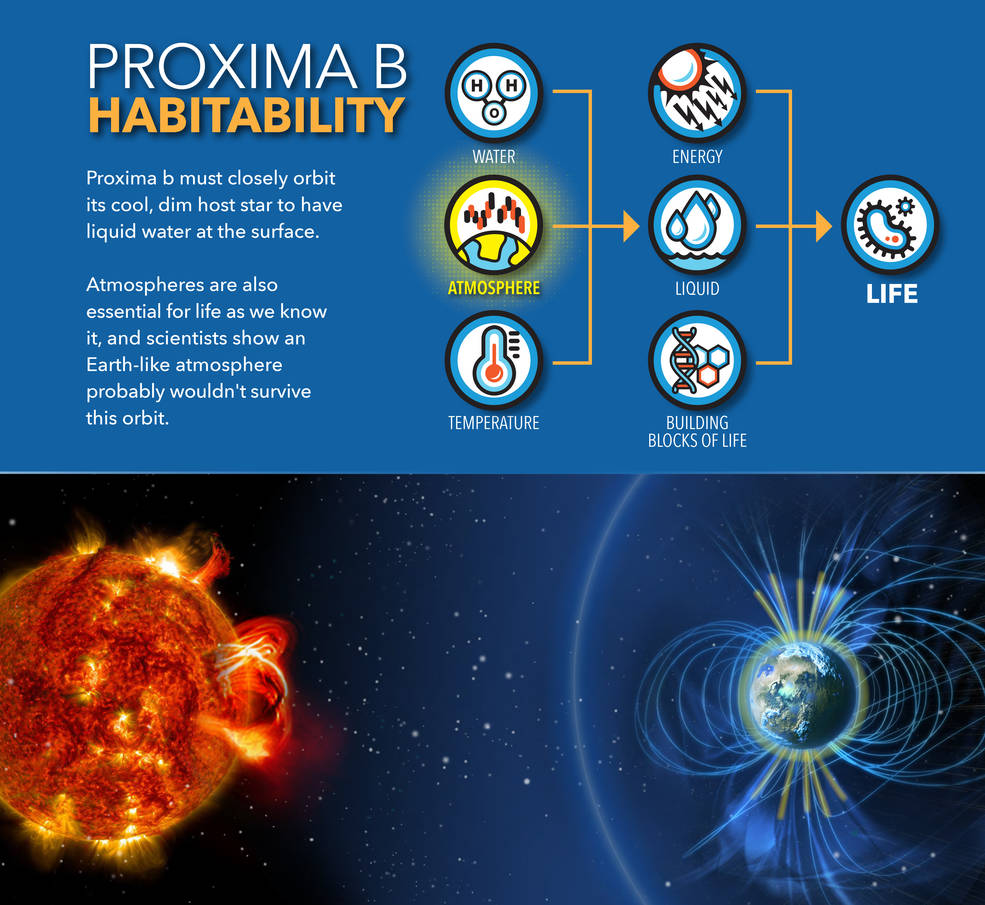
infographic describing factors contributing to a planet’s ability to sustain life At its orbit, the exoplanet Proxima b likely couldn’t sustain an Earth-like atmosphere. Credits: NASA’s Goddard Space Flight Center/Mary Pat Hrybyk-Keith


